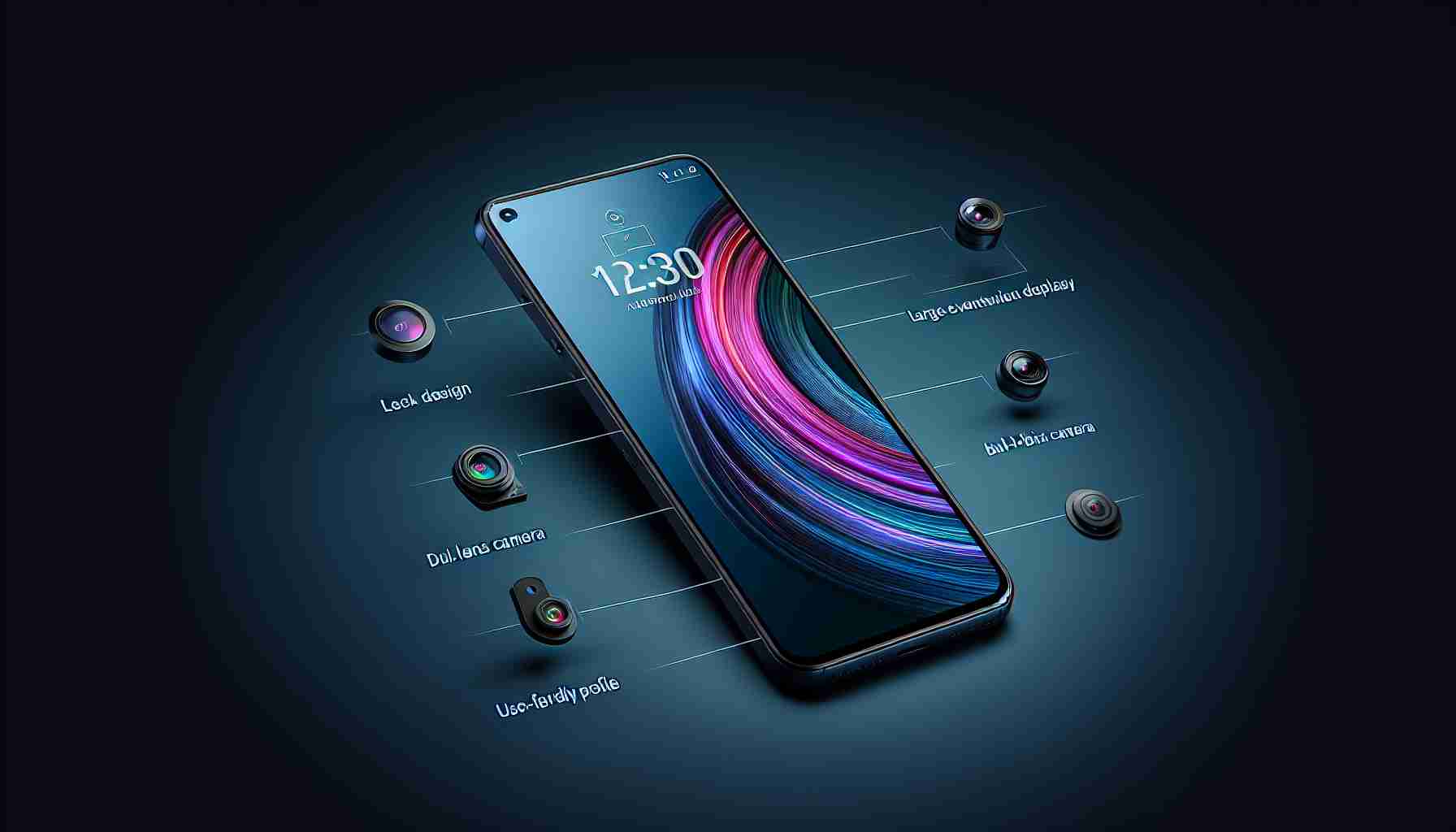HMD Global steps out with the Pulse+, delineating its independent venture following the separation from Nokia. The Pulse+ emerges with a sizeable 6.56-inch HD+ screen with a smooth 90Hz refresh rate. It draws its power from a reliable Unisoc T606 chipset, and is available in variants offering 4GB or 8GB of RAM, with a sizable 128GB of expandable storage.
Photography enthusiasts can take pleasure in the 50MP primary camera this telephone packs, while the 5,000mAh battery promises extended usage periods without the constant need for charging. With a price point set at 160 Euros (around $200), the Pulse+ positions itself as a pocket-friendly contender in the smartphone market.
Buyers can choose from a palette of appealing colors: Apricot Crush, Glacier Green, and Midnight Blue. Currently, the Pulse+ is up for grabs in Europe through HMD’s official site, and plans are underway for it to hit shelves in reputable UK retail chains including Vodafone and O2.
The Pulse+ is a key element of HMD’s latest collection that pivots towards delivering economical and easily repairable technology. Consumers stand to benefit from a wallet-friendly device, backed by the pledge of two Android OS updates and a three-year security update tenure, ensuring a durable and secure user experience.
( Image Credit: HMD )
Key Questions and Answers:
– What are the software update policies for the Pulse+?
The Pulse+ is promised to receive two Android OS updates and a three-year security update tenure, which ensures that the device will remain up to date and secure for an extended period.
– How does the Pulse+ fit in the current smartphone market?
The Pulse+ aims to be an affordable option for those who do not wish to invest in high-end smartphones. With its price point and specs, it targets the budget to mid-range segment.
– What are the challenges associated with the launch of the Pulse+?
Challenges may include competing with other budget-friendly smartphones, establishing a strong presence post-separation from Nokia, and meeting consumer expectations regarding performance and build quality.
Controversies:
While there are no explicit controversies mentioned in the article, consumers may be skeptical about the long-term performance and support for a new device from a company that has just separated from a well-known brand like Nokia.
Advantages and Disadvantages:
– Advantages:
– The Pulse+ offers a 6.56-inch HD+ screen with a 90Hz refresh rate, which is quite competitive for its price range.
– It comes with a Unisoc T606 chipset and up to 8GB of RAM, which should provide decent performance for everyday tasks.
– A 50MP primary camera can be quite appealing for photo enthusiasts looking for a budget phone.
– The 5,000mAh battery offers extended usage, which is a significant plus for users who value battery life.
– Pricing is set competitively at around $200, which is accessible to a wider customer base.
– The promise of software updates ensures a longer life span for the device.
– Disadvantages:
– The device may struggle to stand out in a crowded market.
– While Unisoc chipsets are reliable, they may not offer the same performance as those from Qualcomm or MediaTek, which could affect gaming and high-performance tasks.
– The brand’s relative novelty in the market post-separation could affect consumer trust.
– The absence of 5G connectivity might be considered a disadvantage as it becomes a standard feature in many regions.
For potential customers who are interested in exploring the offerings of HMD Global, they can visit their official website for more information using the following link: HMD Global.
The source of the article is from the blog smartphonemagazine.nl
